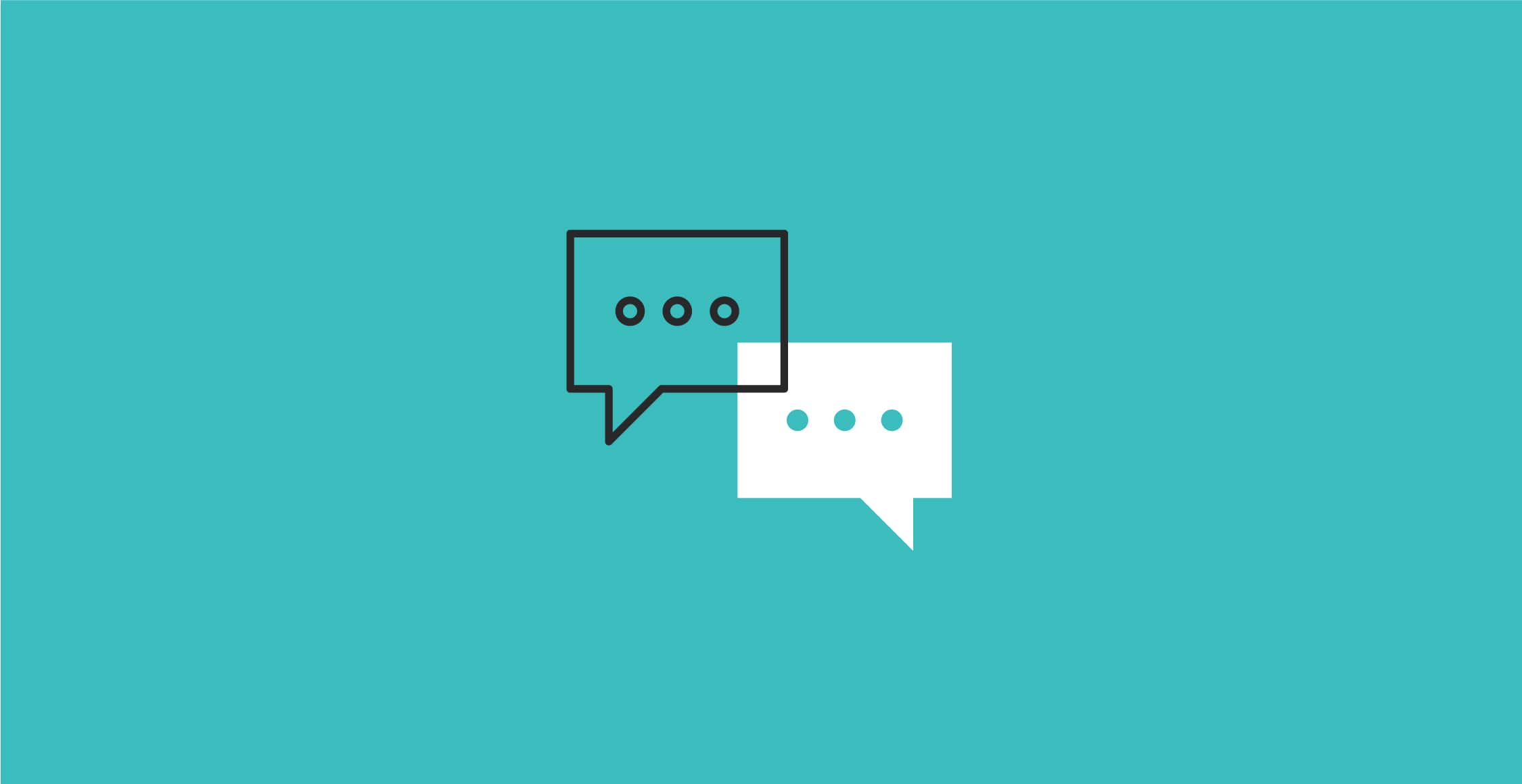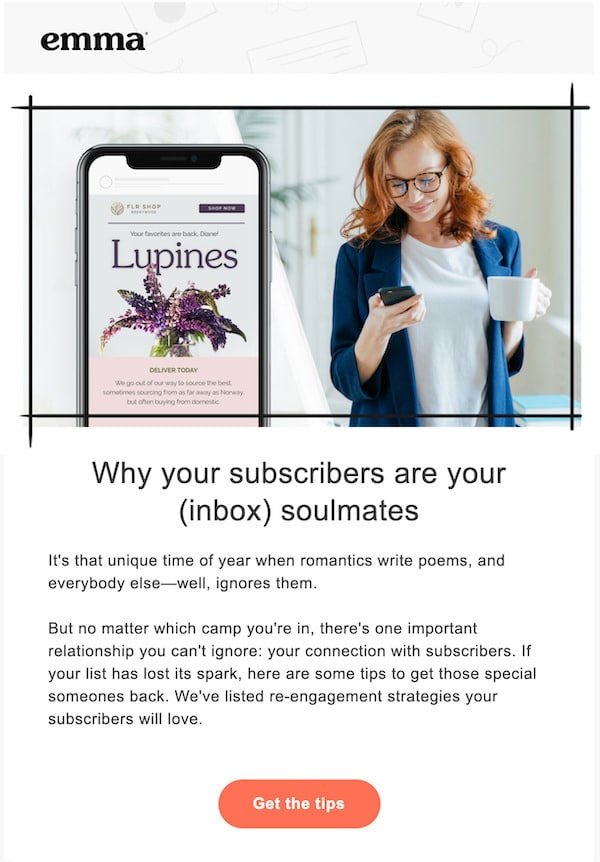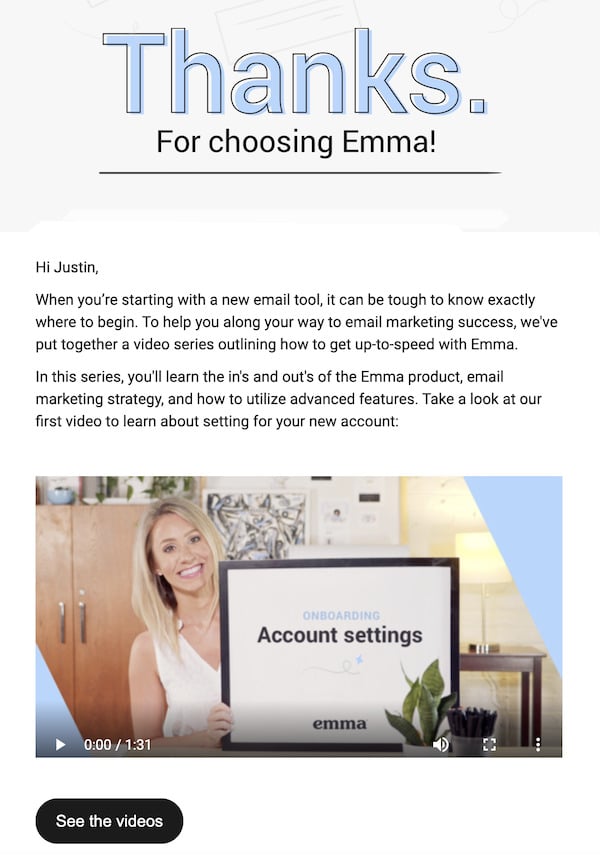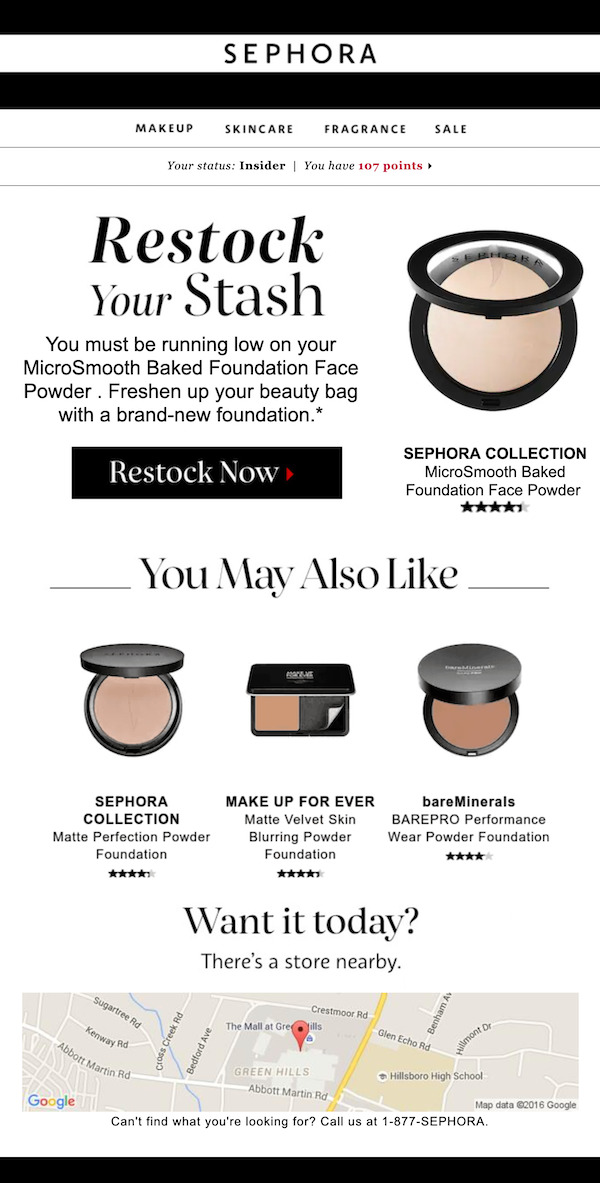How to build brand awareness with email marketing
When folks ask us why they should use email marketing, we’re pretty quick to respond with two simple words: Email works.
But okay, maybe you need a little more convincing than that. How does it work, and why?
For starters, email is one of the top distribution channels among B2B and B2C organizations—possibly because it’s the best way to nurture leads, with 31% of businesses citing newsletters as their top-performing tactic.
Email also works because it’s familiar: Roughly 4 billion people use email worldwide—nearly double the amount of Facebook users. But there’s more, because email is also a platform that allows for hyper-personalization and a prolonged awareness journey.
So, maybe you’re convinced that email works. But how can you use it to build awareness?
What your email needs to build awareness
We already mentioned businesses use newsletters to nurture subscribers. But newsletters are just one piece of the puzzle when it comes to building brand awareness and generating revenue. In fact, there are several other emails you can use to generate interest in your brand and maintain loyalty.
In this article, we talk about how you can start building awareness with your communications, as well as some of the emails you can use to achieve consistent messaging.
Use consistency in your email communications
When you begin your email marketing journey, it’s important to have consistency: messages subscribers can count on. This means having a set time to send and specific communications to email.
But consistency doesn’t always happen overnight, especially for organizations that have several branches. Emma customer TITLE Boxing Club initially sent emails without uniform branding, but after investing in an email service provider (ESP) program where they could focus on consistency, their email program began to grow.
In the case study below, Brooke, Jenn, and Laura discuss how consistency has helped them achieve better results.
TITLE Boxing Club explains how they use Emma to stay consistent.
Send helpful content to email subscribers
Wouldn’t it be amazing if subscribers plugged in our URLs each day to learn what’s new? While you may have some die-hard fans, most of your subscribers don’t think to visit your site on their own. They instead engage with your content consistently because they receive consistent emails.
But in order for these emails to work, they need to provide helpful content to your readers. Helpful content can be a number of things: information based on subscriber data, product news based on subscriber interests, or articles that might prove helpful.
Below is an example from our newsletter, which often includes resources for our readers:
Sign up for our newsletter here.
As much as we love our features, we know subscribers would tire of hearing about them all the time. Inboxes are inundated with content, so it’s important to send resources our subscribers can actually use—especially if they can pair the tips we send with features they’re already using.
Email examples you can use to get results
So, which emails should you send? We already discussed the value of newsletters, but there are plenty of other types of emails that can improve awareness for your brand.
The welcome email
Welcome emails are a simple way to welcome readers and introduce them to your brand. You can use this opportunity to introduce the brand’s mission, incentivize shopping, or provide a product tour.
For instance, when we onboard new customers, we send them an email welcoming them to the platform.
Discover more emails like this.
The email above thanks subscribers for becoming customers and instantly walks them through the product, helping them feel supported in their new journey.
Product news
Your subscribers are likely fans of your products, so be sure to share new arrivals with them. Plus, the more data you have, the more dynamic your content can be. In other words, send specific products to the customers who will appreciate them most.
The replenishment email
What’s another way to keep your brand top of mind and your products in the hands of subscribers? Proactive replenishment emails (also known as re-up emails). These emails should appear in the inbox whenever your subscribers are running low on a specific product.
Not only are replenishment emails convenient for your customer, but they also work. They have an open rate of 50-60% and a click rate of 40-50%. By making the shopping experience simple, customers can effortlessly continue doing business with your brand.
Below is a replenishment email example from Sephora—a brand known for its personalized touch:
See why Sephora ranked #1 on Sailthru’s Retail Personalization Index.
The re-engagement email
There may come a time when your once-passionate subscribers stop engaging with your emails. At this point, they may be costing you money because they’re no longer engaging with your content or purchasing your items.
But there’s still hope for these subscribers, and you may be able to regain their interest by sending a re-engagement email. This is an (often incentivized) email that encourages subscribers to begin opening and clicking through once more.
Additionally, you can automatically set up re-engagement emails to send when subscribers are unengaged for a specific period of time. If unengaged subscribers don’t respond, you can simply remove them from your list.
Wrap up
If your organization lacks brand awareness, don’t worry. Email marketing is a simple, cost-effective way to familiarize people with your company. More importantly, email allows you to maintain those connections for months (even years!) to come.
If you’re looking for an email service provider that can deliver consistent, useful content for your readers, Emma can help.
With Emma, you can send all the email types discussed above, as well as many more. Ping one of our experts to learn how you can start generating awareness and positive communication for your brand.
MOST RECENT ARTICLES
Want to engage your audience and grow your brand? Try Emma's robust easy-to-use product today.

















